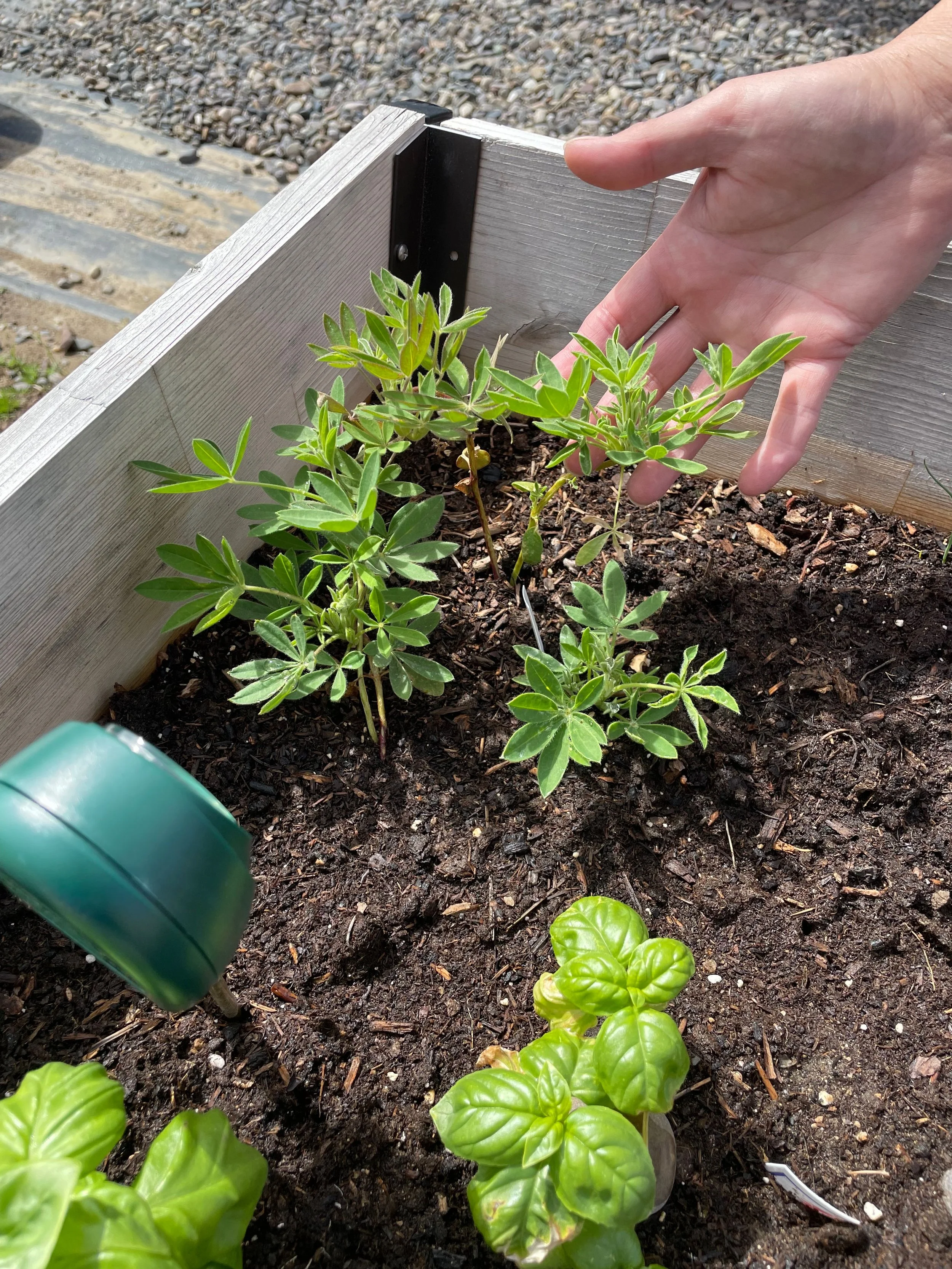9 Good Reasons to Cultivate
Besides their food value or aesthetic beauty, plants and trees are critical to homes and landscapes for the health benefits plants provide.
Promoters of a movement called "consumer horticulture" aim to grow a healthy world through plants, gardens and landscapes. Consumer horticulture includes the cultivation, use and enjoyment of plants, gardens, landscapes and related horticultural items.
Researchers at Texas A&M University have demonstrated that hospital patients show less fatigue when plants are added to their rooms, and they request less pain medication.
Additionally, people in the workplace report they’re in a better mood when plants are around. These workers take less sick leave and report less eye strain.
In schools, students in classrooms with plants score 10 percent higher on tests than students in classrooms without plants. Students with attention deficit hyperactivity disorder have less severe symptoms when plants are added to play areas.
Indoor plants increase ambient humidity in dry indoor environments, and they improve air quality by removing carbon dioxide. They also stimulate physiological and psychological relaxation responses.
Other studies have documented these findings:
Plants in the workplace reduce employee sick time by 14 percent.
Well-landscaped homes are appraised higher.
The number of Americans growing their own food is increasing;. 25 percent of Americans currently grow berries, vegetables or fruit trees.
Shaded roadways save 60 percent of repaving costs.
America’s public gardens generate $2.3 billion in tourism spending.


